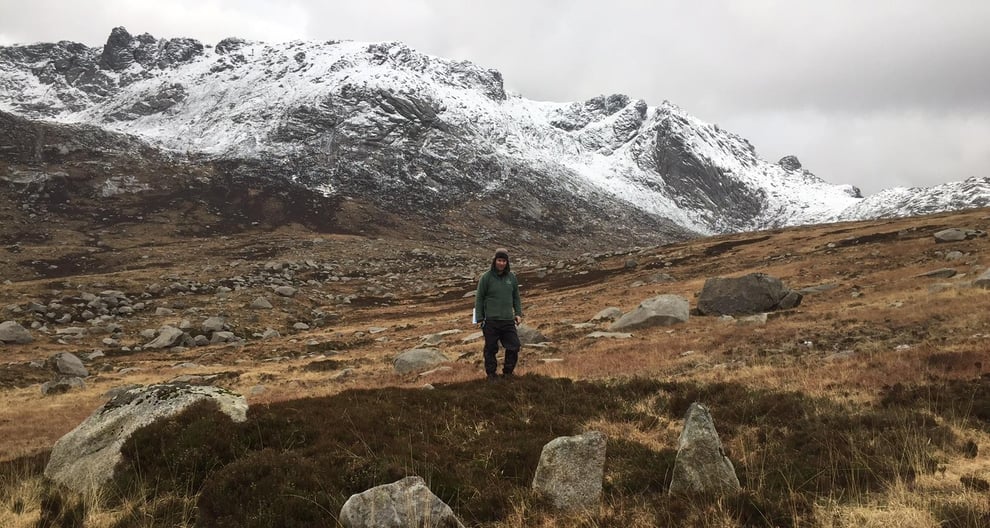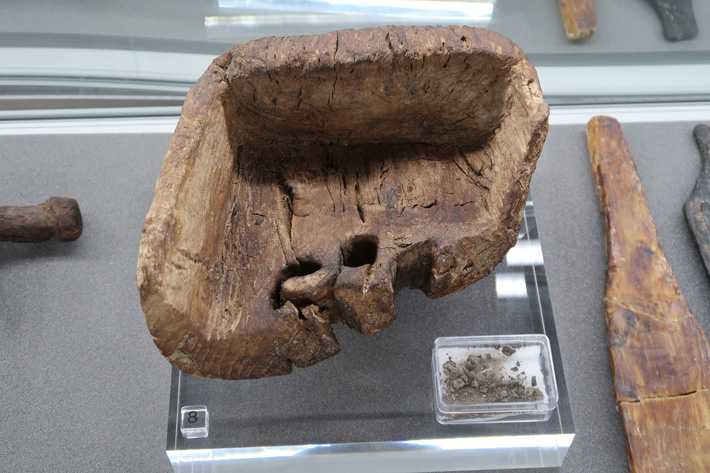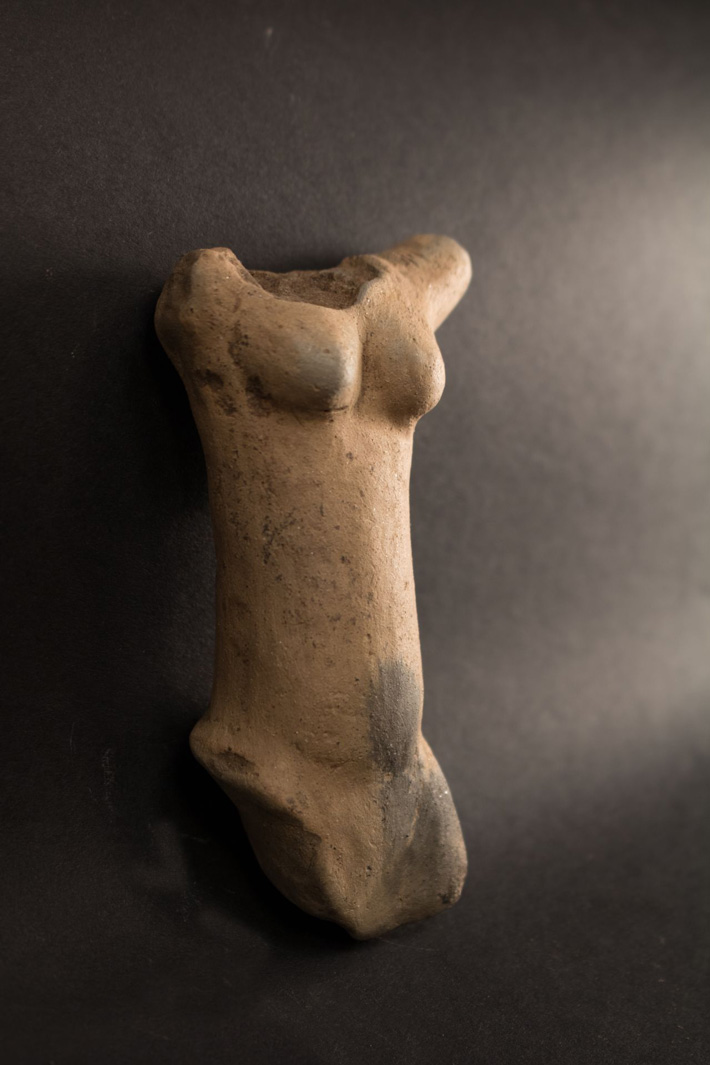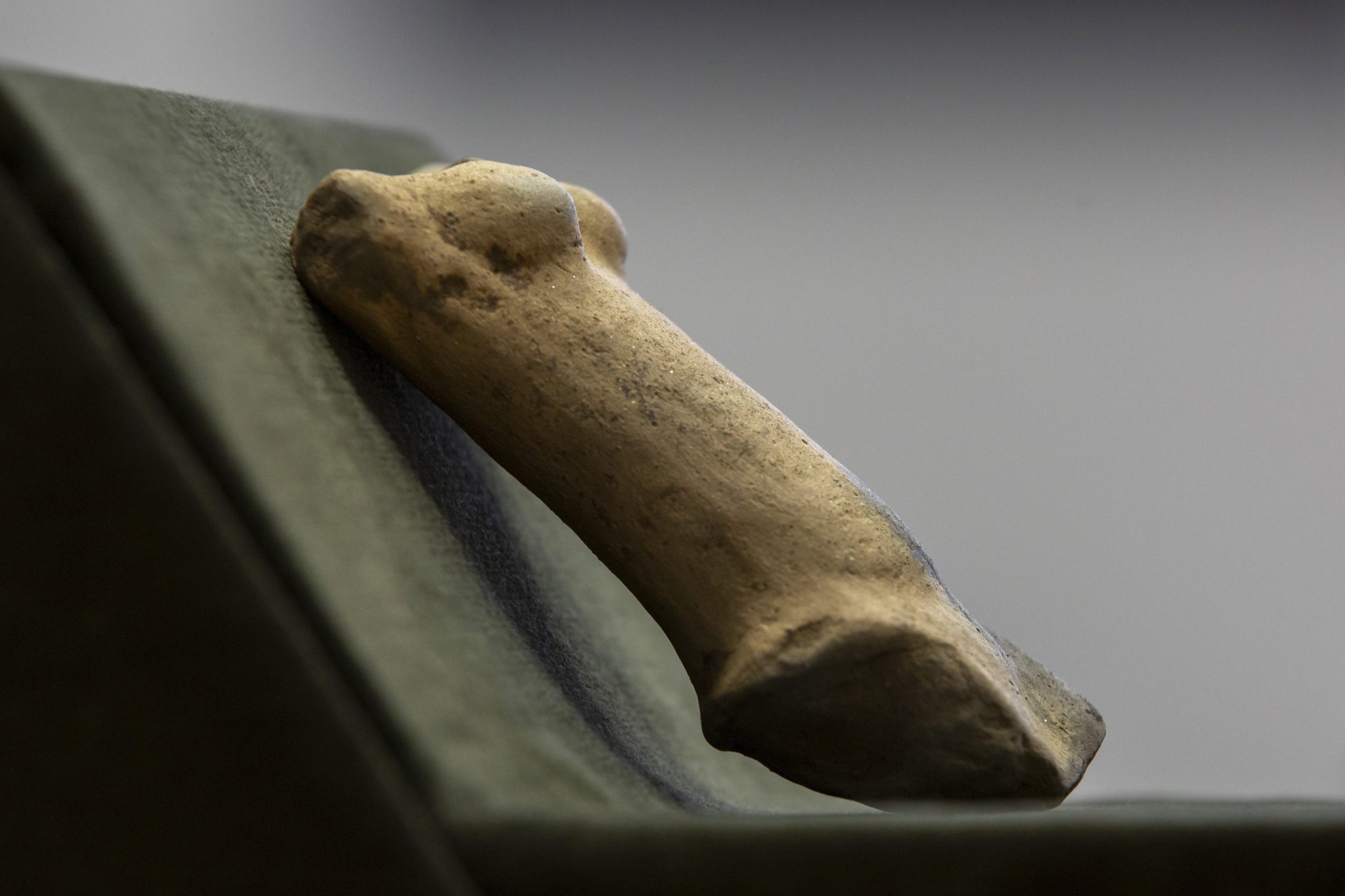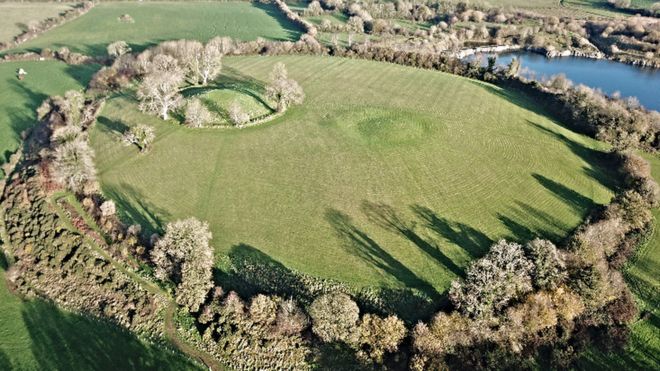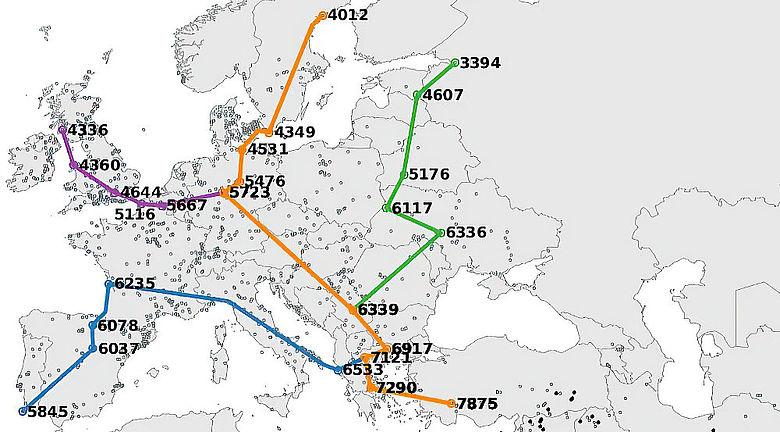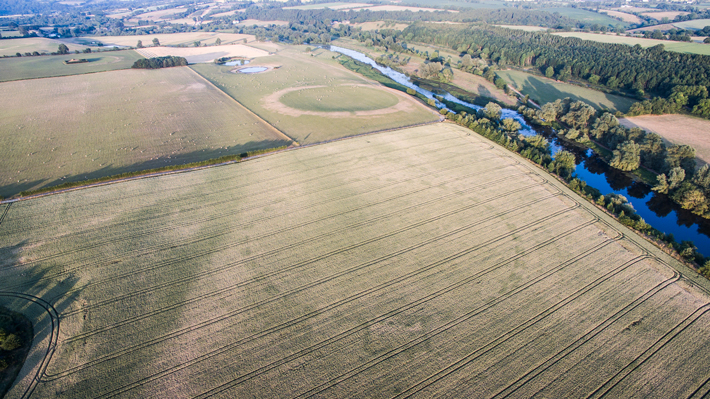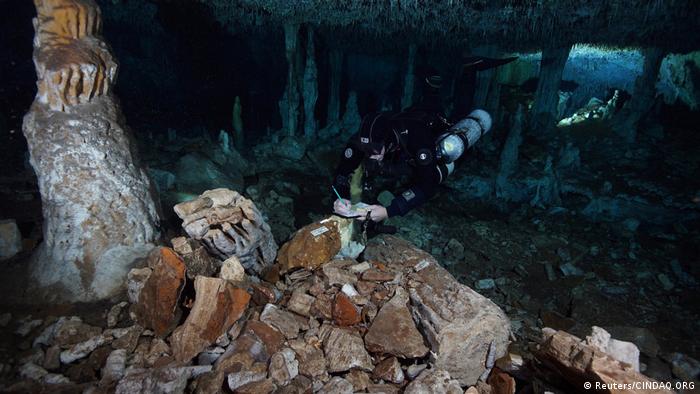Credit: Aron Archaeological Research Agency
Sebastiaan Augustin of Aron, the organisation that is carrying out the archaeological project: “We encountered the floorplan of a house dating from the Iron Age. We can date it to between 770 and 430 before the Common Era. That’s before the Romans got here.
A little further to the east we found a ring of a ditch with pieces of charcoal. It dates from between 1,600 and 1,500 before the Common Era. That’s the middle of the Bronze Age. That’s quite a bit older than the house and may form part of a grave monument.”
“It’s always nice when we find things like this. It doesn’t really surprise us. The Haspengouw area has always been very suitable for farming. It is nice to see that even before the Romans villas like these can be found in our area."
Read the rest of this article...



